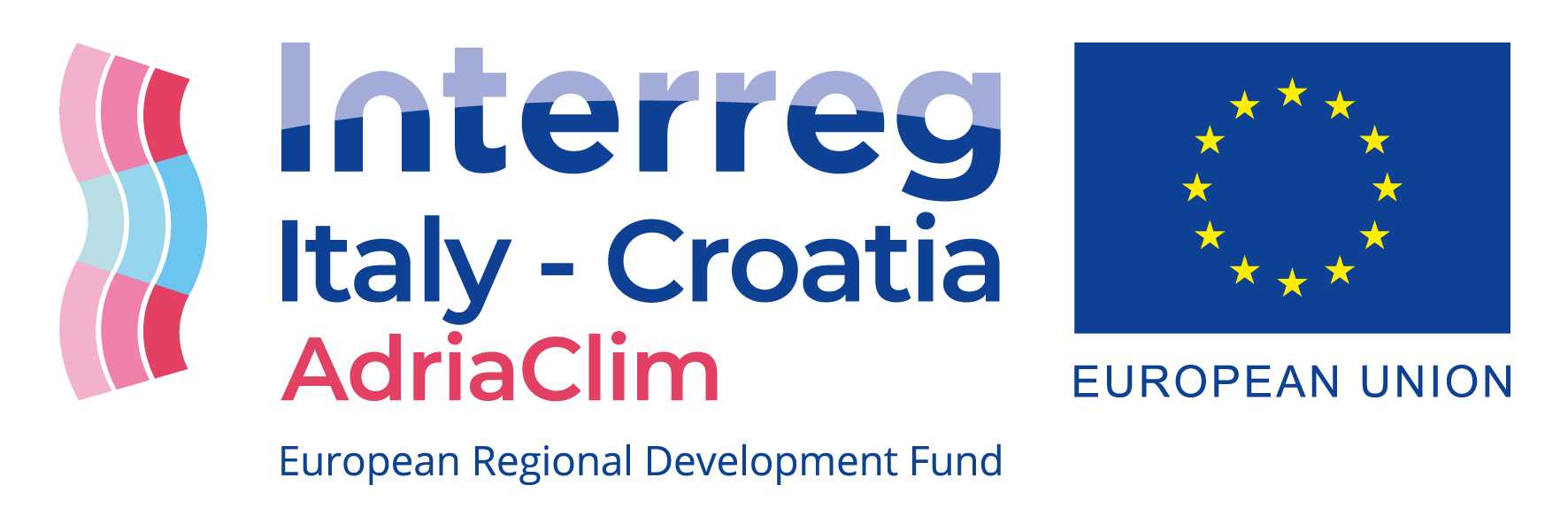


|
ERDDAP |
| 
|

| Dataset Title: | AdriaClim RESM - NEMO - projection, day - Sea Level calibrated ster avg


|
| Institution: | CMCC (Dataset ID: adriaclim_resm_nemo_projection_day_sl_calibrated_ster_avg) |
| Information: | Summary  | License
| License  | FGDC
| ISO 19115
| Metadata
| Background
| FGDC
| ISO 19115
| Metadata
| Background | Data Access Form
| Files
| Data Access Form
| Files
|
Click on the map to specify a new center point.

Zoom: ![[The graph you specified. Please be patient.]](https://erddap-adriaclim.cmcc-opa.eu/erddap/griddap/adriaclim_resm_nemo_projection_day_sl_calibrated_ster_avg.png?SL_S_ster_avg%5B(2050-12-31T12:00:00Z)%5D%5B(39.0):(45.875)%5D%5B(12.0):(20.97916603088379)%5D&.draw=surface&.vars=longitude%7Clatitude%7CSL_S_ster_avg&.colorBar=%7C%7C%7C%7C%7C&.bgColor=0xffccccff)
|
Attributes {
time {
String _CoordinateAxisType "Time";
Float64 actual_range 1.6410384e+9, 2.5561008e+9;
String axis "T";
String calendar "gregorian";
String ioos_category "Time";
String long_name "Time";
String standard_name "time";
String time_origin "01-JAN-1970 00:00:00";
String units "seconds since 1970-01-01T00:00:00Z";
}
latitude {
String _CoordinateAxisType "Lat";
Float64 actual_range 39.0, 45.875;
String axis "Y";
String ioos_category "Location";
String long_name "Latitude";
String standard_name "latitude";
String units "degrees_north";
}
longitude {
String _CoordinateAxisType "Lon";
Float64 actual_range 12.0, 20.97916603088379;
String axis "X";
String ioos_category "Location";
String long_name "Longitude";
String standard_name "longitude";
String units "degrees_east";
}
SL_S_ster_avg {
UInt32 _ChunkSizes 1, 331, 432;
Float64 _FillValue 1.0e+20;
String ioos_category "Location";
String long_name "Sea Level (steric component averaged over the Adriatic Sea basin) calibrated using SLA satellite data [database from 1993 to 2020]";
Float64 missing_value 1.0e+20;
String standard_name "sea level(average steric component over the adriatic sea basin) calibrated using sla satellite data";
String units "m";
}
NC_GLOBAL {
String adriaclim_dataset "model";
String adriaclim_model "NEMO forcing by WRF";
String adriaclim_scale "adriatic";
String adriaclim_timeperiod "day";
String CDI "Climate Data Interface version 1.9.8 (https://mpimet.mpg.de/cdi)";
String cdm_data_type "Grid";
String CDO "Climate Data Operators version 1.9.8 (https://mpimet.mpg.de/cdo)";
String Conventions "COARDS, CF-1.6, ACDD-1.3";
String creation_date "2023/02/22 16:41";
String creator_name "Euro-Mediterranean Centre for Climate Change - CMCC";
String creator_type "institution";
String creator_url "https://www.ec.gc.ca/scitech/default.asp?lang=En&n=61B33C26-1#cmc";
String description "Sea Level (mass [SSH from the model] + average steric component over the Adriatic Sea basin [calculated], calibrated using Satellite SLA data (database 1993 to 2020).";
Float64 Easternmost_Easting 20.97916603088379;
Float64 geospatial_lat_max 45.875;
Float64 geospatial_lat_min 39.0;
String geospatial_lat_units "degrees_north";
Float64 geospatial_lon_max 20.97916603088379;
Float64 geospatial_lon_min 12.0;
String geospatial_lon_units "degrees_east";
String history
"Wed Feb 22 17:47:17 2023: ncap2 -s time=time+172800 SL_average_steric_calibrated_WRF_bias_corrected_projection_daily_20501231.nc SL_average_steric_calibrated_WRF_bias_corrected_projection_daily_20501231_new.nc
Wed Feb 22 17:46:58 2023: cdo ensmean SL_average_steric_calibrated_WRF_bias_corrected_projection_daily_20501229.nc SL_average_steric_calibrated_WRF_bias_corrected_projection_daily_20501230.nc SL_average_steric_calibrated_WRF_bias_corrected_projection_daily_20501231.nc
Wed Feb 22 17:46:26 2023: ncap2 -s time=time+172800 SL_average_steric_calibrated_WRF_bias_corrected_projection_daily_20501230.nc SL_average_steric_calibrated_WRF_bias_corrected_projection_daily_20501230_new.nc
Wed Feb 22 17:45:51 2023: cdo ensmean SL_average_steric_calibrated_WRF_bias_corrected_projection_daily_20501228.nc SL_average_steric_calibrated_WRF_bias_corrected_projection_daily_20501229.nc SL_average_steric_calibrated_WRF_bias_corrected_projection_daily_20501230.nc
2024-09-18T10:13:53Z (local files)
2024-09-18T10:13:53Z https://erddap-adriaclim.cmcc-opa.eu/griddap/adriaclim_resm_nemo_projection_day_sl_calibrated_ster_avg.das";
String infoUrl "https://cmcc.it";
String institution "CMCC";
String keywords "adriaclim, adriatic, average, basin, calibrated, centre, change, climate, cmcc, component, data, database, euro, euro-mediterranean, height, level, mass, mediterranean, nemo, over, satellite, sea, sea level(average steric component over the adriatic sea basin) calibrated using sla satellite data, SL_S_ster_avg, sla, ssh, steric, surface, time, using";
String license
"The data may be used and redistributed for free but is not intended
for legal use, since it may contain inaccuracies. Neither the data
Contributor, ERD, NOAA, nor the United States Government, nor any
of their employees or contractors, makes any warranty, express or
implied, including warranties of merchantability and fitness for a
particular purpose, or assumes any legal liability for the accuracy,
completeness, or usefulness, of this information.";
String NCO "netCDF Operators version 4.9.3 (Homepage = http://nco.sf.net, Code = https://github.com/nco/nco)";
Float64 Northernmost_Northing 45.875;
String sourceUrl "(local files)";
Float64 Southernmost_Northing 39.0;
String standard_name_vocabulary "CF Standard Name Table v70";
String summary "AdriaClim RESM - NEMO - projection, day - Sea Level calibrated ster avg";
String time_coverage_end "2050-12-31T12:00:00Z";
String time_coverage_start "2022-01-01T12:00:00Z";
String title "AdriaClim RESM - NEMO - projection, day - Sea Level calibrated ster avg";
Float64 Westernmost_Easting 12.0;
}
}
 Data Access Protocol (DAP)
Data Access Protocol (DAP) and its
projection constraints
and its
projection constraints .
.
The URL specifies what you want: the dataset, a description of the graph or the subset of the data, and the file type for the response.
griddap request URLs must be in the form
https://coastwatch.pfeg.noaa.gov/erddap/griddap/datasetID.fileType{?query}
For example,
https://coastwatch.pfeg.noaa.gov/erddap/griddap/jplMURSST41.htmlTable?analysed_sst[(2002-06-01T09:00:00Z)][(-89.99):1000:(89.99)][(-179.99):1000:(180.0)]
Thus, the query is often a data variable name (e.g., analysed_sst),
followed by [(start):stride:(stop)]
(or a shorter variation of that) for each of the variable's dimensions
(for example, [time][latitude][longitude]).
For details, see the griddap Documentation.